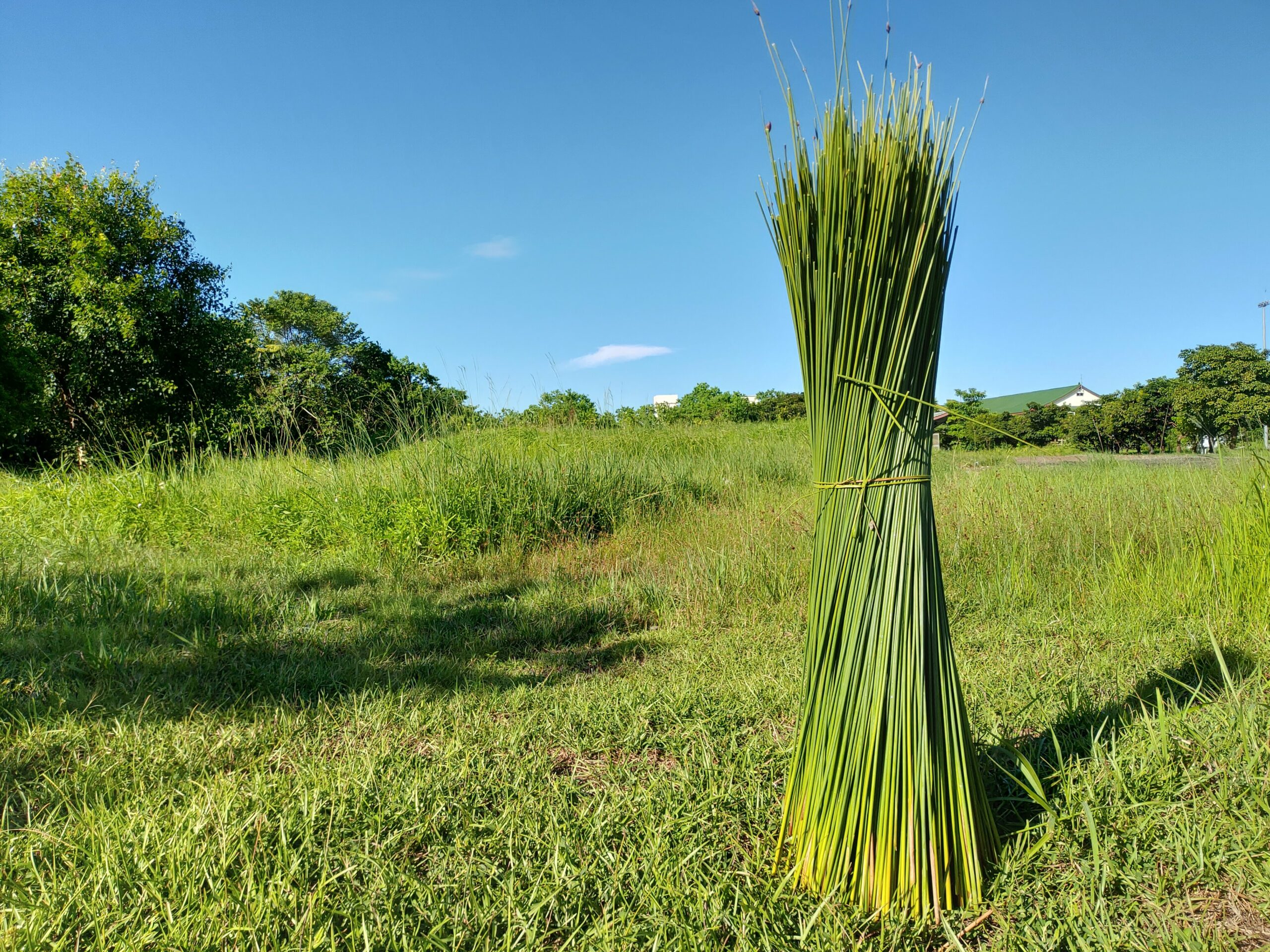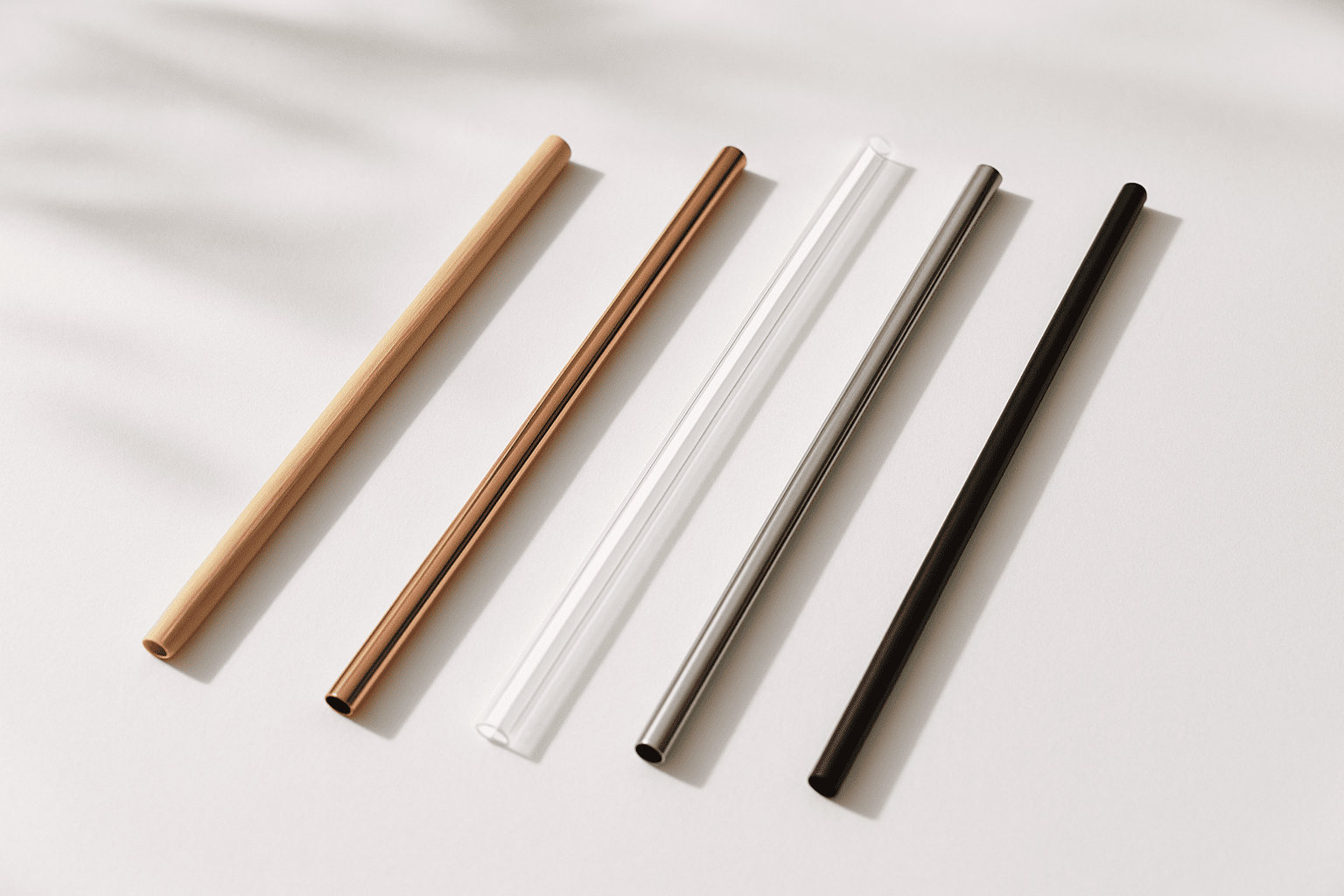
The U.S. has lifted the ban on plastic straws through a new executive order, reigniting public debate over eco-friendly alternatives. The market is flooded with sustainable straw options—from stainless steel and paper to biodegradable materials and grass straws. But which one offers the best balance between environmental impact and everyday usability?
No worries! This article will help you clearly understand the key differences among eco-friendly straws. We’ll focus on comparing the most common biodegradable straws on the market, so you can enjoy your drinks with confidence and sustainability!
Is Biodegradable = Eco-Friendly?
Many packages are labeled “biodegradable,” but that term actually comes with quite a few caveats. Take PLA (polylactic acid) for example: although it’s touted as being made from corn starch and theoretically biodegradable, it requires specific conditions to trigger the breakdown process!
PLA straws require specific conditions—around 60°C or higher, certain humidity levels, and abundant microbial activity—to break down, which usually only happens in industrial composting facilities. If they end up in the ocean or regular soil, it can take decades for them to slowly degrade, which is very different from the quick natural breakdown people often imagine.
In contrast, Grass Straws made from all-natural reed plants can fully decompose in about 180 days under natural conditions, making them a truly eco-friendly choice that lives in harmony with nature.
Beware the Hidden Risks of PLA
Some “degradable” straws on the market are actually made by blending plastic with PLA. These products may release harmful micro-particles during use, especially when exposed to high temperatures or soaked in drinks for extended periods.
If PLA straws end up in the ocean or landfill where conditions for decomposition are insufficient, they persist like traditional plastics, breaking down into smaller plastic micro-particles that pose hidden threats to the environment and human health. Therefore, choosing natural-material straws without synthetic additives (such as Grass Straws) is the only way to truly be eco-friendly.

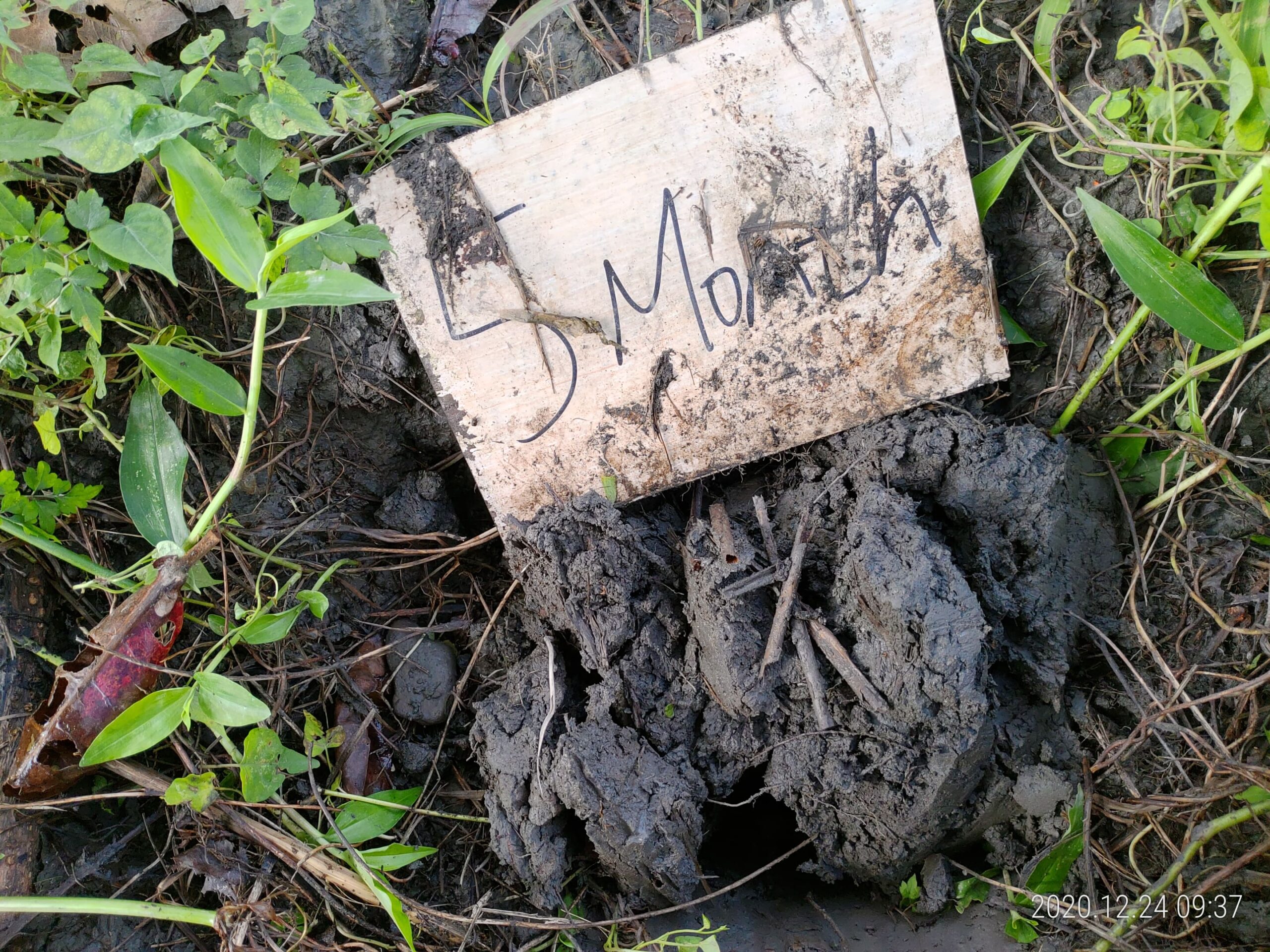
Stainless Steel, Silicone, and Bamboo Straws: Hard to Clean, Risk of Bacterial Growth
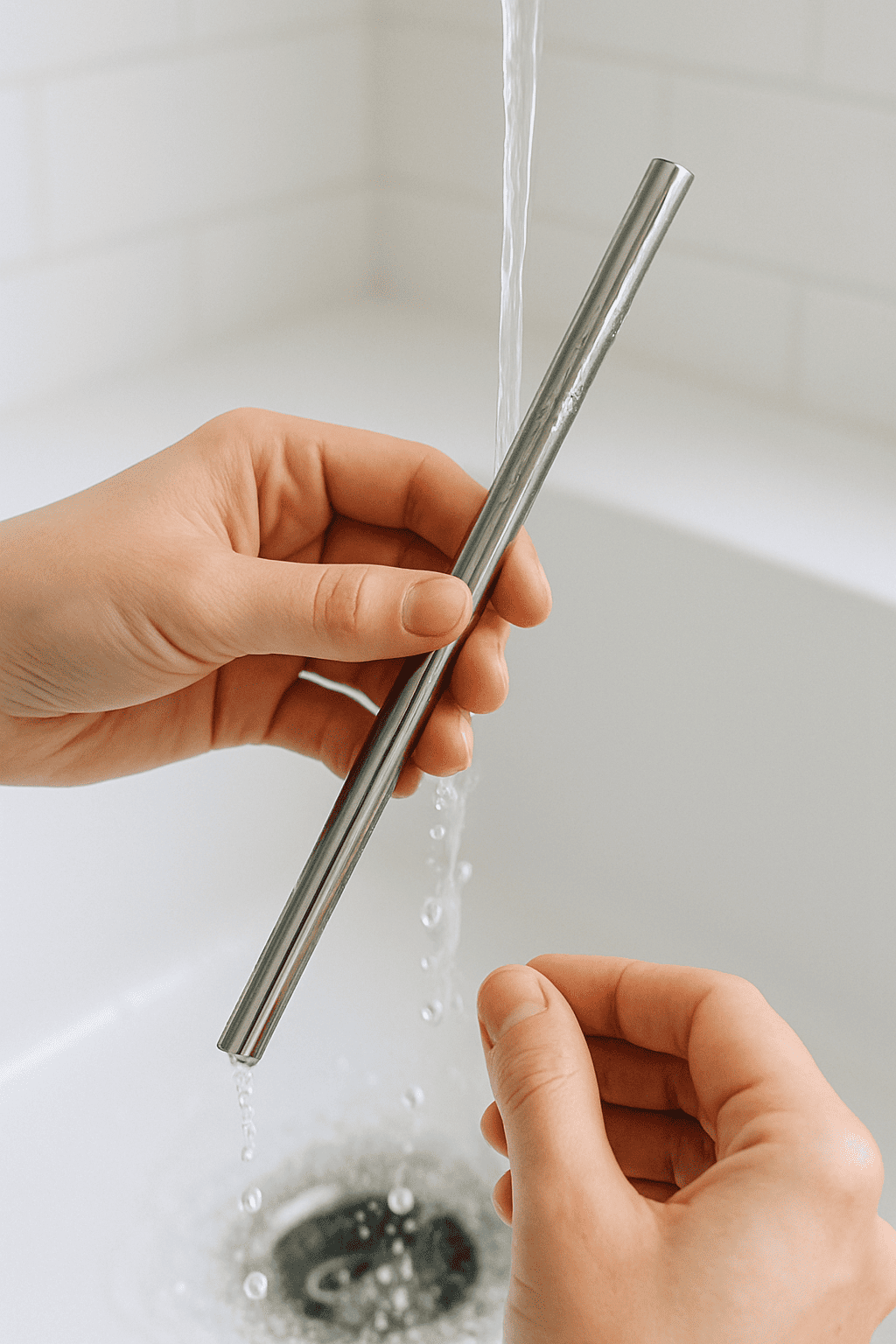
Stainless steel, silicone, and bamboo straws sound “eco-friendly” because they’re reusable, but they require frequent cleaning to prevent bacterial growth—and in reality, they can be difficult to clean thoroughly.
- Stainless Steel Straws: Their non-transparent surface makes it hard to tell if they’re fully clean. They conduct heat quickly, so drinking hot beverages can cause burns. Plus, their hardness means improper use might damage your teeth.
- Silicone Straws: Although flexible, they are easily stained by oils or fruit juices from drinks and require thorough cleaning. The inside of the straw can become a breeding ground for bacteria.
- Bamboo Straws: Made from natural materials, they easily absorb water and can develop mold after soaking. Combined with Taiwan’s humid climate, improper storage can lead to bacterial growth.
Reusable straws are eco-friendly but require regular cleaning and maintenance; otherwise, they can become breeding grounds for bacteria.
What’s the Best Eco-Friendly Straw for You?
The table below compares common eco-friendly straw materials on the market, evaluating them from multiple perspectives:
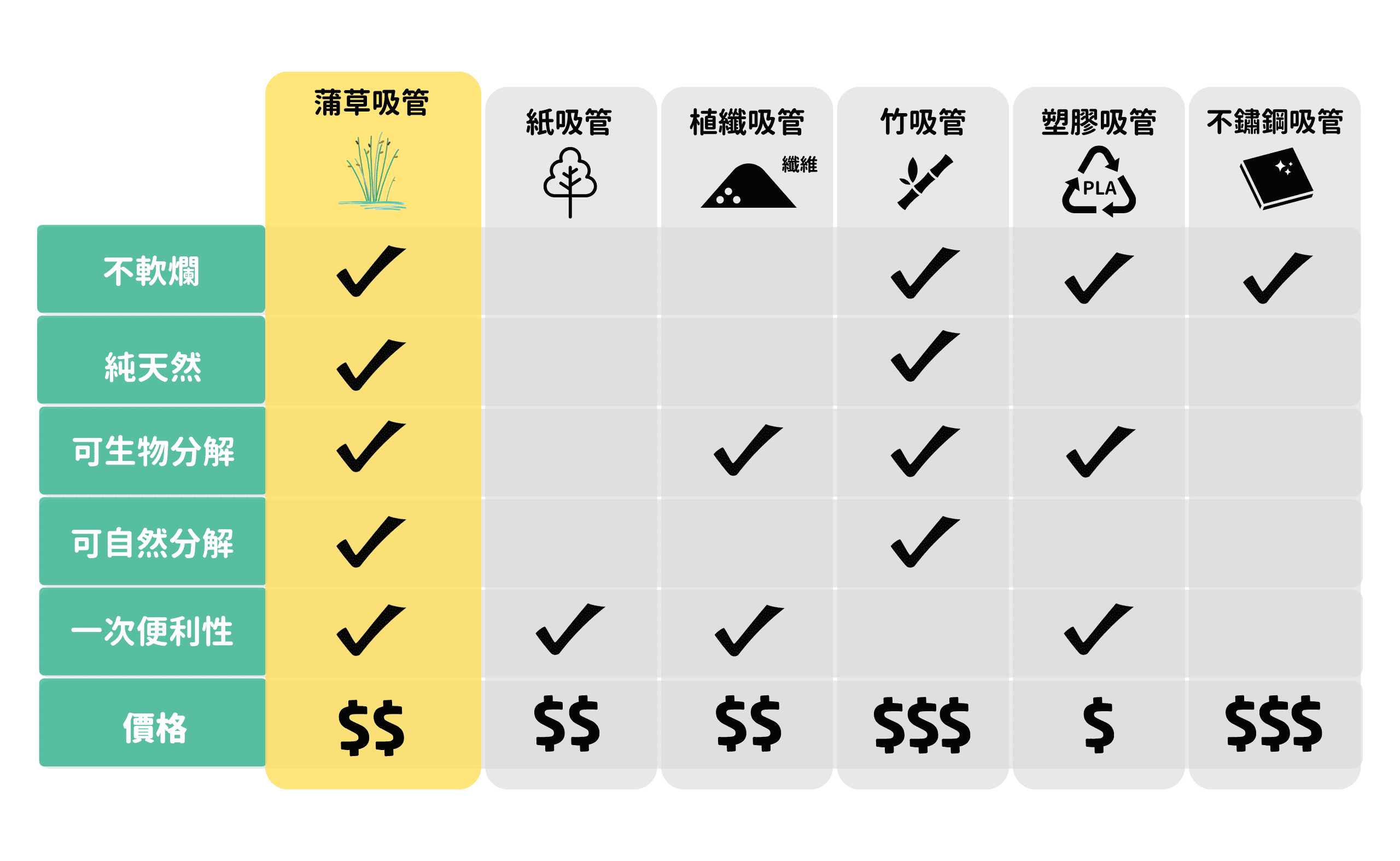
No More Confusion About Materials and Biodegradables!
Understanding the source of materials and decomposition conditions is key to truly being environmentally friendly.
Single-use Grass Straws are a healthier and eco-friendly choice!
Convenient, natural, and eco-friendly all in one—Grass Straws make your everyday drinks safer and closer to nature.

